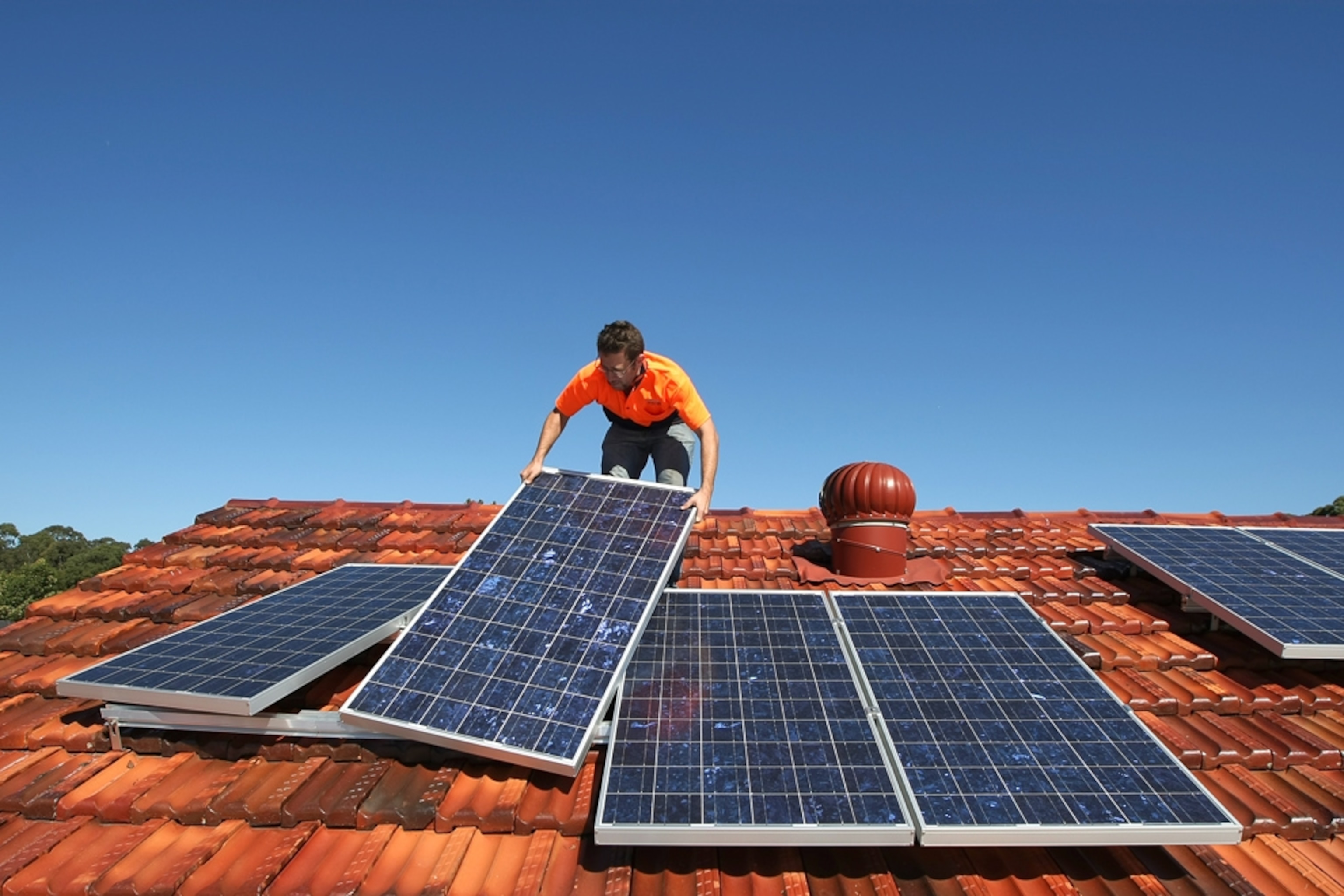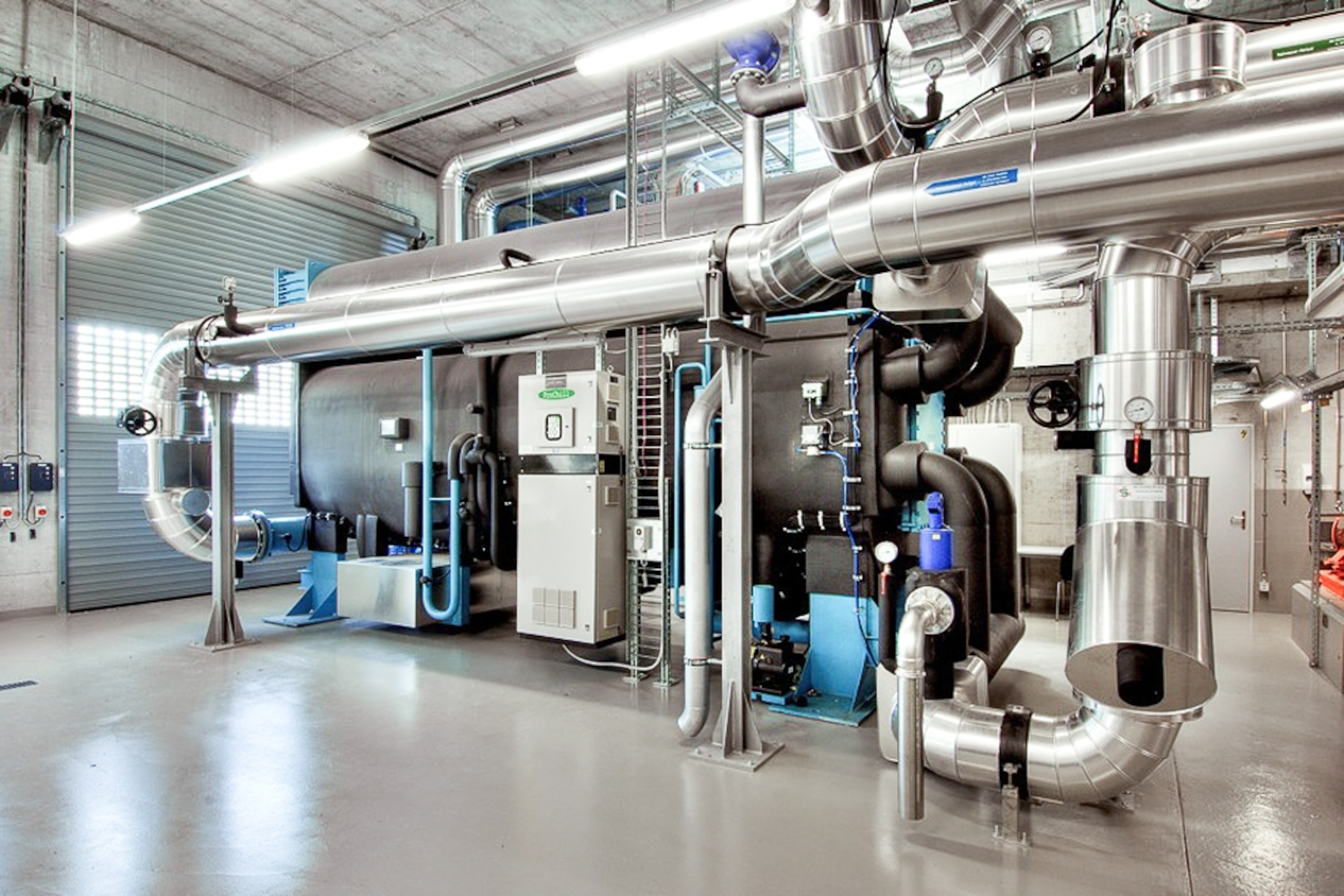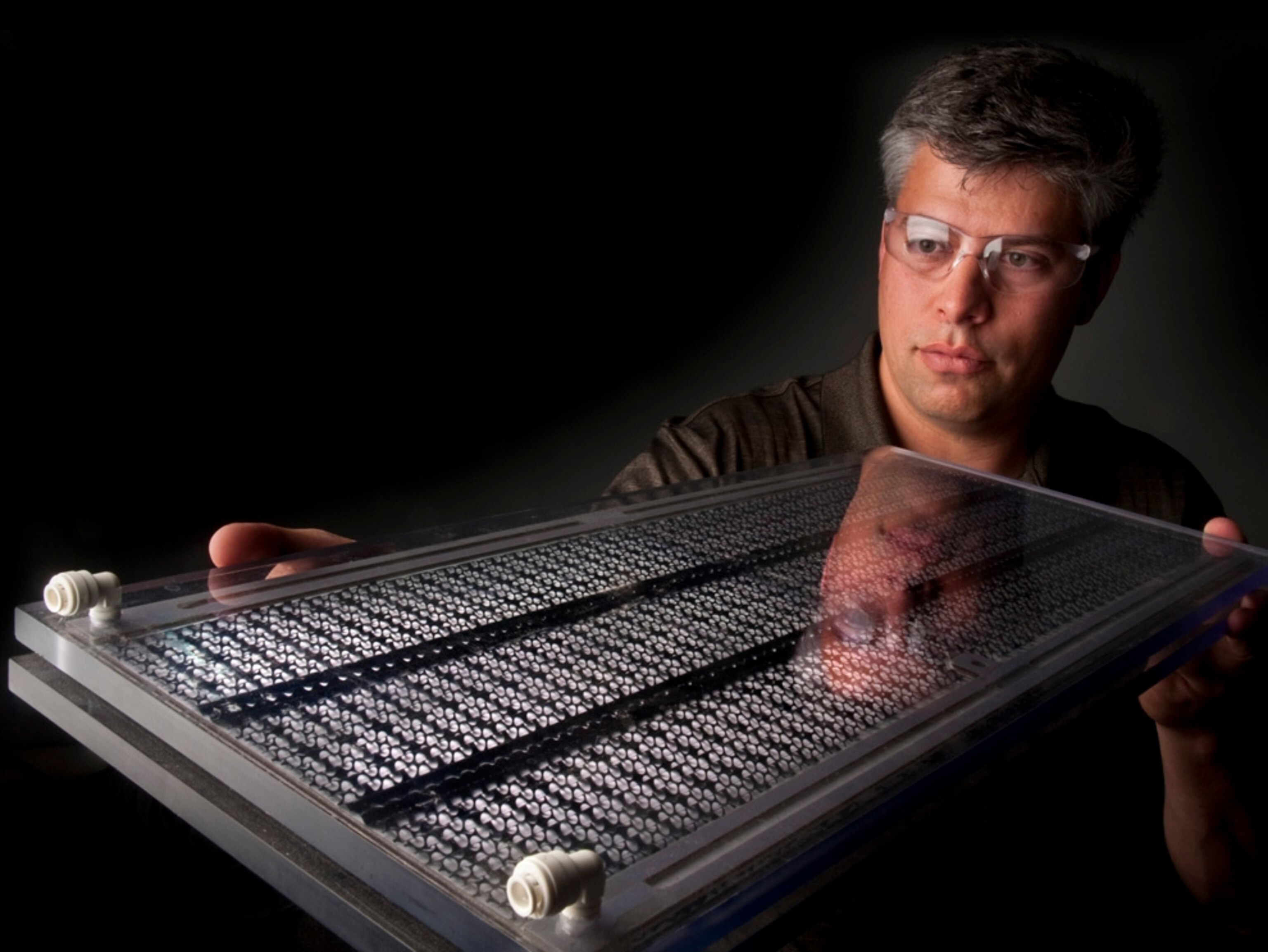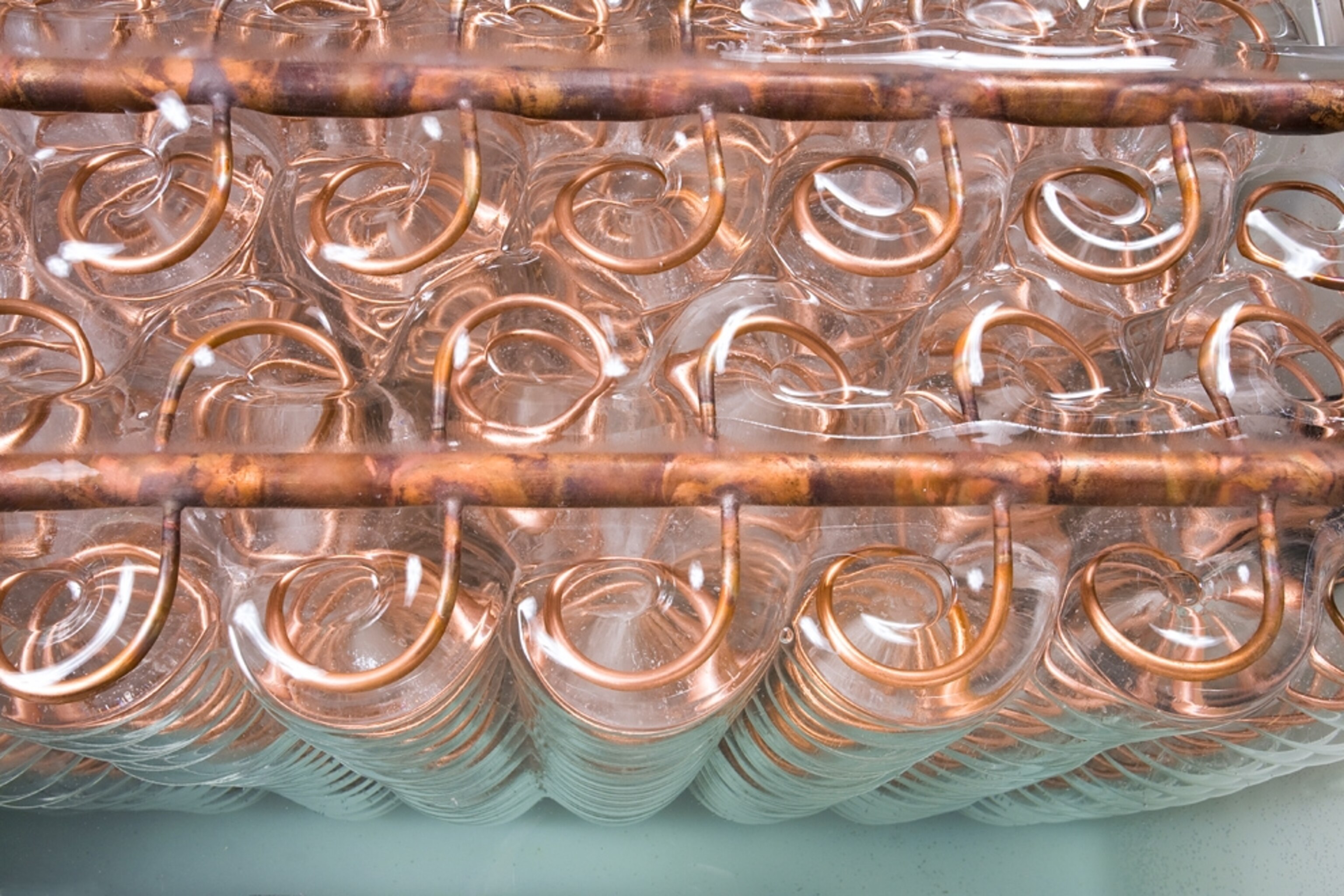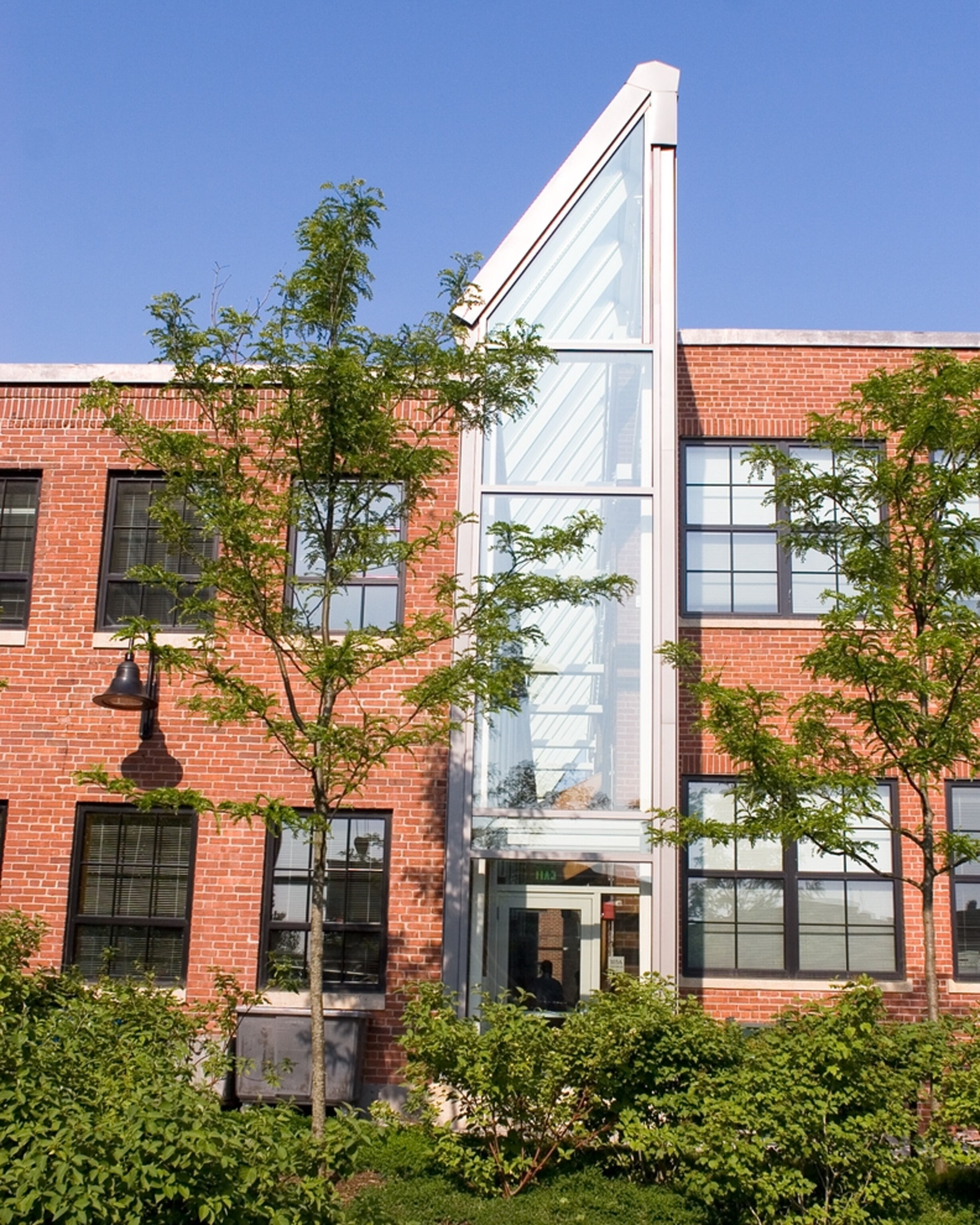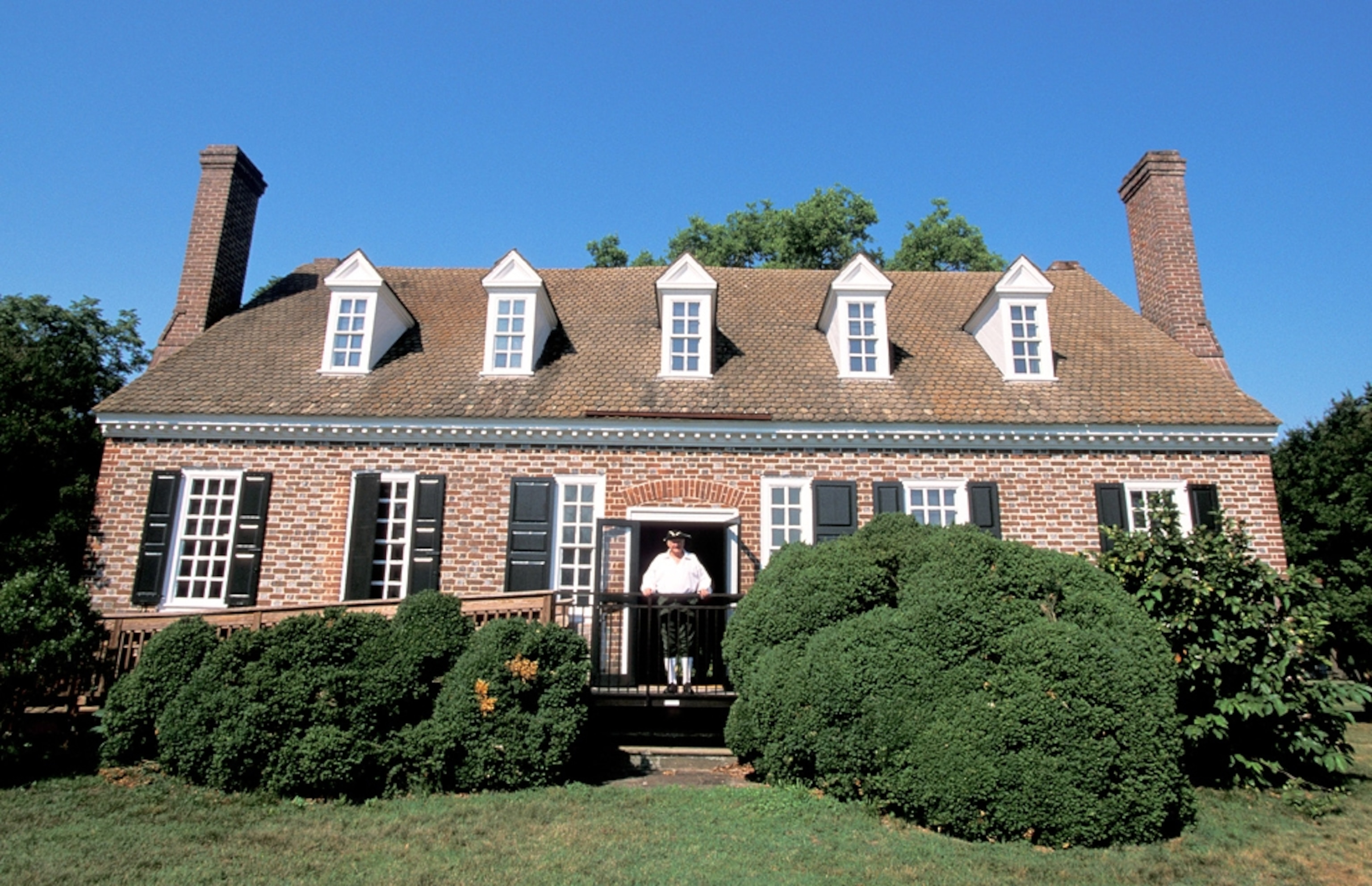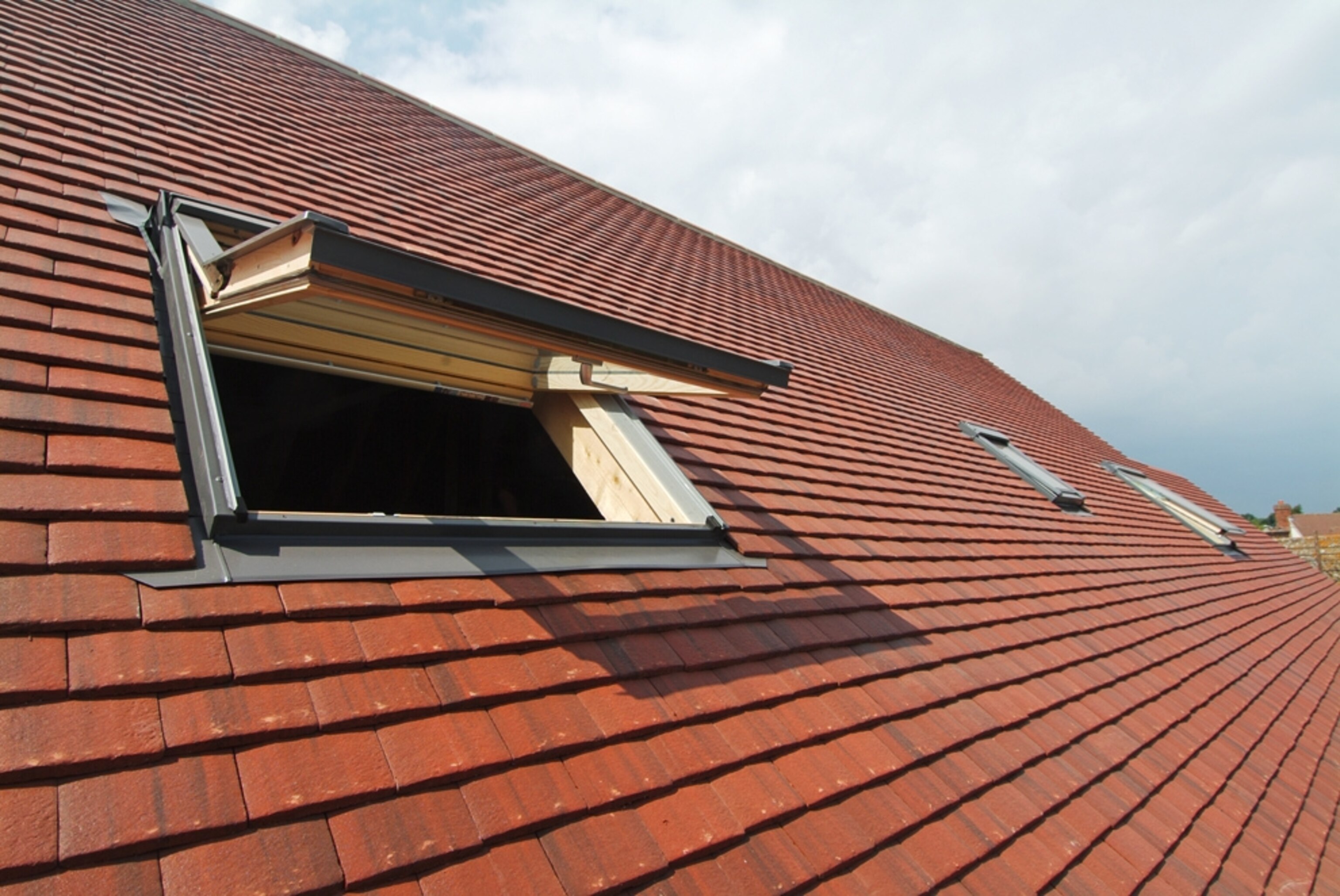This story is part of a special series that explores energy issues. For more, visit The Great Energy Challenge.For years, the energy world has puzzled over how to harness the sun to make rooms cool.That may sound counterintuitive to those who think primarily of the uncomfortable heat beating down on roofs and windows as the summer sun reaches its apex. But to those who ponder the sun's tremendous energy, there's a perfect symmetry in the idea of solar cooling. The power of the sun could be used just when it's needed most.
Solar cooling is one of an array of ideas for greener air-conditioning by making better use of the forces of nature. Air-conditioning has transformed summertime living in the developed world, but at a tremendous energy cost. Invented in 1902 by Willis Haviland Carrier, early air-conditioning cooled air by causing it to pass through refrigerant-cooled coils. Conventional air-conditioning is much the same today, guzzling juice from the electric grid to compress gaseous refrigerant back to liquid state in each cooling cycle.
Strain on electricity systems reaches critical mass due to summer AC demand. Heating homes in winter also requires a lot of energy, but there are many warming options—natural gas, oil, wood. Conventional cooling relies on electricity; as a result, peak summer power demand in the United States, where more than 80 percent of households have air-conditioning, is more than 20 percent higher than at the winter high point. (Cooling accounts for 8 percent of U.S. household energy use.) Power companies must have "peaker" plants on hand for the hottest summer afternoons: typically old, inefficient fossil fuel facilities. The hotter it gets, the hotter they run. Talk about counterintuitive.
Although AC traditionally has not been as pervasive in Europe, demand for cooling in the EU is growing, especially in the wake of the devastating 2003 heat wave blamed for 35,000 to 52,000 deaths. So Europe has done some of the most detailed research on the the potential of solar cooling.
(Related: "Heat Wave Due to ‘Exceptionally Strong' Air Mass")
Several companies have recently introduced air conditioners packaged with solar photovoltaic panels, like those being installed on a Sydney, Australia rooftop above.
LG Electronics' solar-hybrid cooling system and Lennox SunSource solar-assisted heating and cooling are two examples. But PV linked to a traditional air conditioner isn't a complete solution. Typical residential central air conditioners draw 2,000 to 5,000 watts of power. The LG system's solar panel can produce only 70 watts of that power, meaning it cuts power demand only slightly.Lennox says that its system, which includes a 190-watt panel, can slash heating and cooling bills by half. It makes use of its highest efficiency models, the fact that a number of solar panels can be added to the system, and that customers get real-time data on their energy use as part of the package.
But researchers think there are greater advances ahead for cooling with less energy.
(Related: "Quiz: What You Don't Know About Air Conditioning")
—Marianne Lavelle, with Alexandra Arkin and Lauren Biron of Medill News Service
